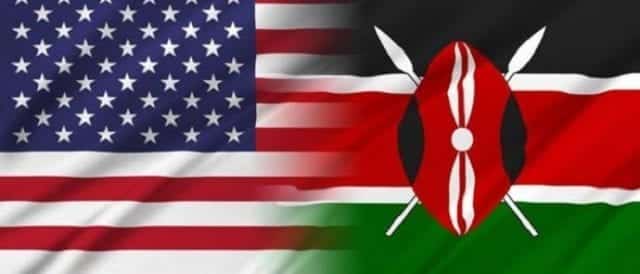
Diaspora remittances to Kenya are poised to be a major contributing sector to the country’s economic development, accounting for two percent of GDP in 2010, according to research conducted by Stanbic Investment Management Services (SIMS).
Inflows from the Diaspora are already rivalling other GDP sectors such as electricity and water which SIMS Chief Investment Officer Anthony Mwithiga said contributed 2.3 percent to GDP in 2010.
“Though Diaspora remittances are not an economic sector, its size is equivalent to some of the smaller sectors which account for between two and 3.5 percent of our total size of GDP,” he said.
Over the last eight years Diaspora remittances have maintained an average of above two percent of GDP, now considered as the fourth largest foreign exchange earner in the country.
Diaspora inflows are expected to strongly challenge the four traditional key inflows that include tea, tourism, horticulture and coffee.
Since 2004 Diaspora remittances have almost doubled, already registering Sh57.5 billion ($643 million) for the year ending September 2011, with a compound annual growth rate of 8.4 percent.
Mwithiga said Diaspora inflows also show potential in contributing significantly to the growth of both the real estate and financial services sectors in Kenya.
“Kenyans living abroad have chosen property as a natural place to invest in and that accounts for eight percent. Slightly smaller in number is savings which is four percent. That savings number shows how the financial services sector can tap into that,” he said.
The research findings showed that 52 percent of remittances went to consumption, while investment into SMEs accounted for 36 percent.
Within the continent, Kenya ranked seventh among African countries receiving the most remittances at 4.5 percent, while Nigeria led with 25 percent, followed by Egypt with 19.3 percent and Morocco at 16 percent.
Sudan was fourth with eight percent of total African remittance figures, trailed by Algeria and Tunisia posting five percent each.
Although developing countries receive the lion’s share of global remittances raking in 70 percent, African countries barely feature on the list of top remittance recipients; with Nigeria being the only African representative at five percent.
This is despite the fact that remittances are the continent’s second largest source of net foreign inflows after FDIs.
Emerging markets such as China, India and Mexico, combined accounted for 58 percent remittances disbursed last year.
However, when it came to remittances on a regional scale, Somalia registered the highest figures among its East African counterparts with almost $800 million for 2010.
SIMS Senior Investment Manager Kenneth Kaniu said the amount has a lot to do with the nature of displacement of Somali nationals around the world, particularly attributed to the civil unrest in the country over the last two decades.
“When you look at the absolute number of Somalis outside Somalia it is greater than the actual number of Somalis living in Somalia. Just because of that quantum they are able to marshal quite a large number of resources,” he said.
With the average remittance of $200 requiring a transaction cost of $20, high remittance costs remain a major challenge for Diaspora Kenyans desiring to send funds back home.
“Remittance amounts are very small; to an average they are charged 10 percent of the amount remitted and that’s a substantial amount. The costs are high because the players in the remittance business have to administer many small amounts, hence the high charges,” Mwithiga revealed.
However, the partnership between Western Union and Safaricom that allows customers in the US, UK and other countries to transfer money to an M-Pesa users, is a step in the right direction in terms of addressing the efficiency and reliability of the money transfer process.
By Victoria Rubadiri
Victoria is a graduate of Temple University in Philadelphia, Pennsylvania with a bachelor’s degree in broadcast journalism. She has experience working as a freelance PR consultant in New Jersey and New York, as well as broadcast media at WMGM NBC 40 television station in Linwood, New Jersey. Her interests are in youth issues; mentoring teens both in the US and Kenya, for the past three years.
Source: http://www.capitalfm.co.ke/business/2011/12/diaspora-inflows-now-a-major.
Diaspora Inflows Now a Major Source of Funds, Accounting for 2% of GDP in 2010







